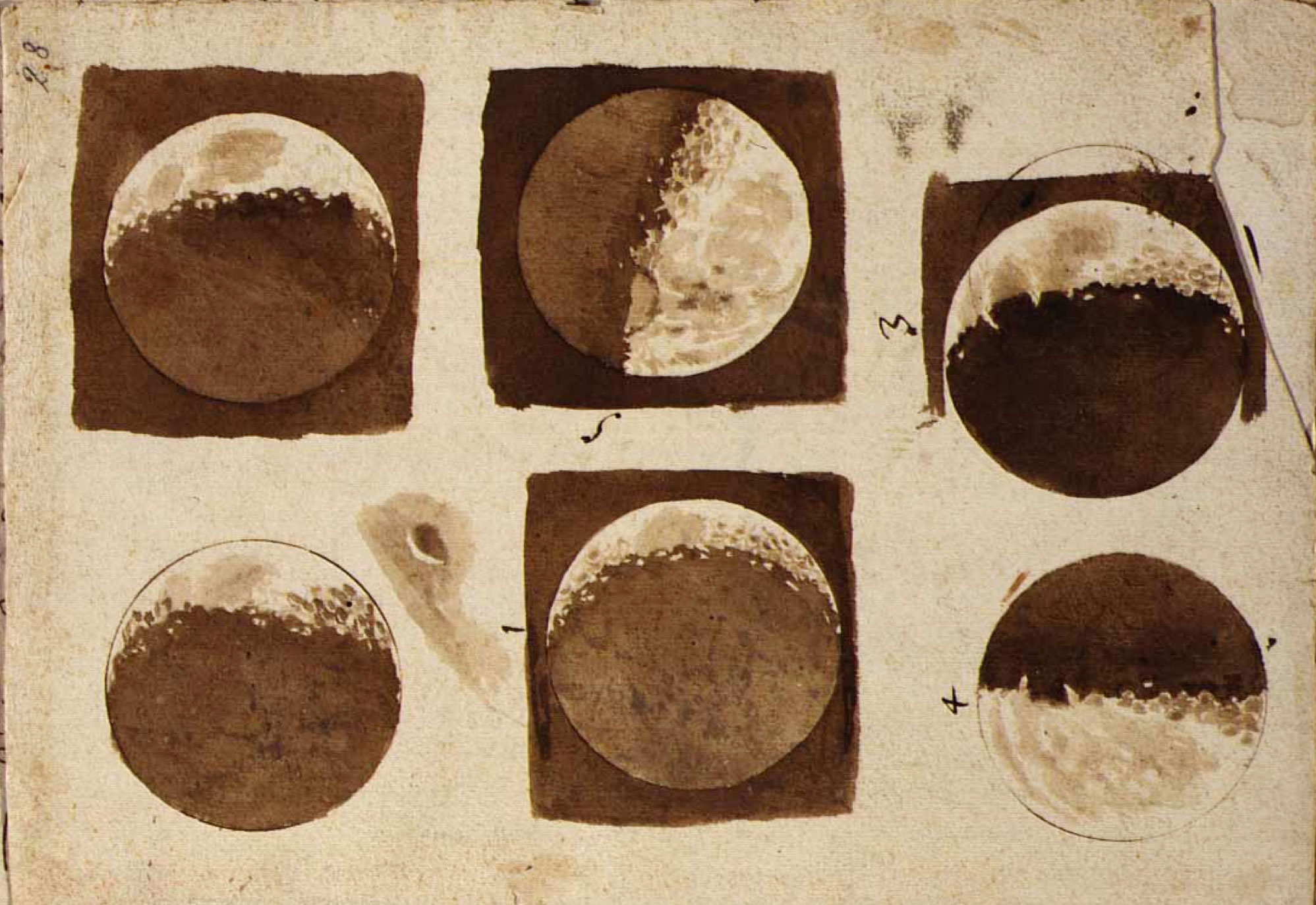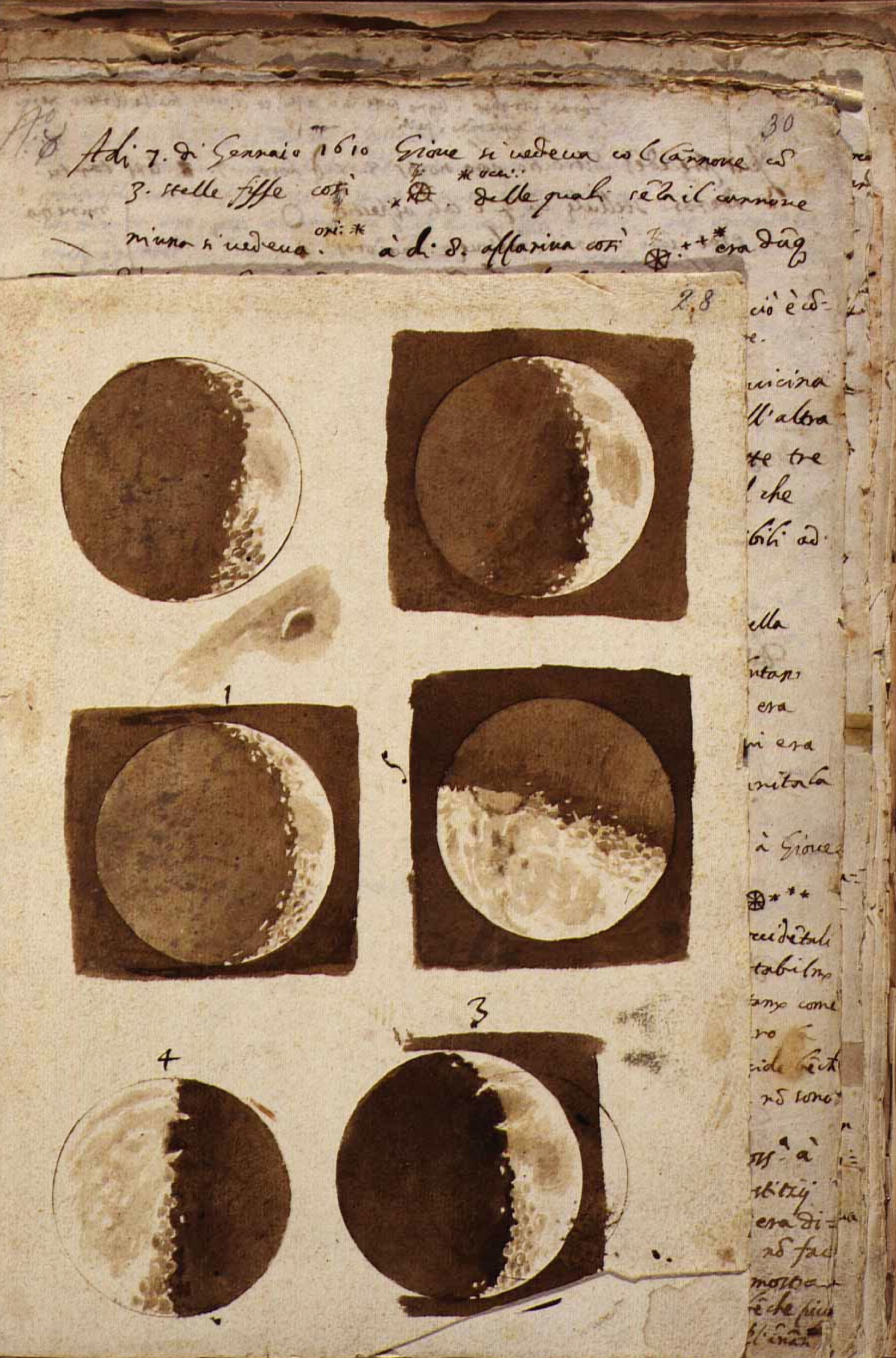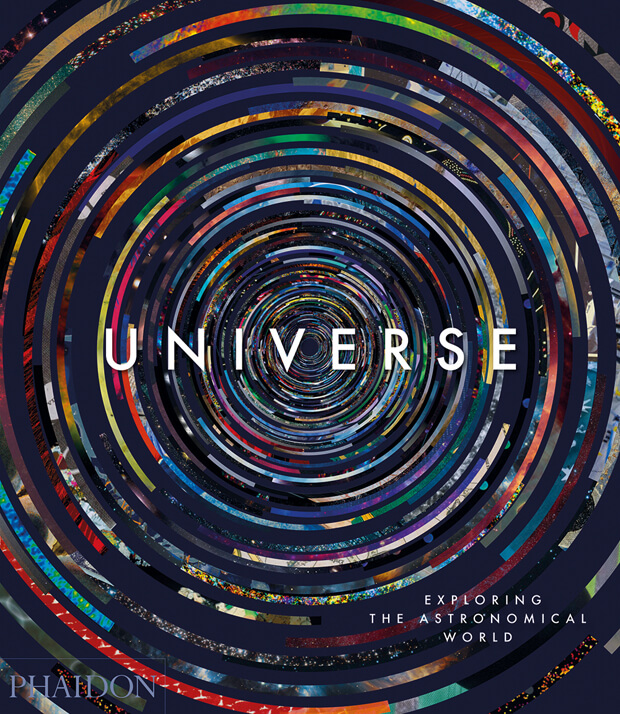
How Galileo saw the night sky
Here's how the astronomer's sketches changed our view of the moon and undermined the Catholic Church
When you look up into the heavens, what do you see? Our new book, Universe: Exploring the Astronomical World, examines mankind’s response to the cosmos, from the spirit of scientific inquiry that has, over time, revealed the underlying structure of the Universe, through to the religious mysticism that still sees the heavens as the realm of a god or gods.
Few celestial depictions have come down so definitively on the side of science, and so against religious beliefs, as the Venetian astronomer Galileo Galilei’s nighttime sketches of the moon, created a little over four hundred years ago.
“These simple drawings not only changed astronomy,” explains our new book Universe: Exploring the Astronomical World, “they also launched an influential challenge to the accepted beliefs of the Roman Catholic Church.”

“For several nights in November or December 1609, Galileo Galilei gazed at the Moon through a small telescope mounted on a rickety stand on a table at the top of the campanile of San Giorgio Maggiore in Venice. He sketched what he saw of the individual portions of the Moon’s surface. Later, he integrated his notes into sepia wash drawings that summarized how the complete disc of the waxing and waning Moon appeared. The images are the first recorded images of the surface of a world beyond the Earth.
“In his book, Sidereus Nuncius (The Starry Messenger, 1610), Galileo described what he saw: ‘The surface of the Moon is not perfectly smooth, free from inequalities and exactly spherical … on the contrary, it is uneven, full of hollows and protuberances, just like the surface of the Earth itself, which is varied everywhere by lofty mountains and deep valleys.’ By recognizing that the Moon’s surface mimicked that of Earth, Galileo disproved the belief that celestial bodies were perfect, in contrast to our imperfect terrestrial world. It followed, therefore, that both terrestrial and celestial bodies can be subject to the same scientific analysis.

For more celestial insight from ancient times up until the present day, order a copy of Universe here.